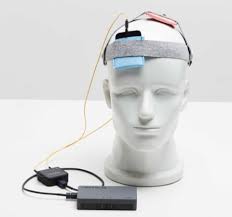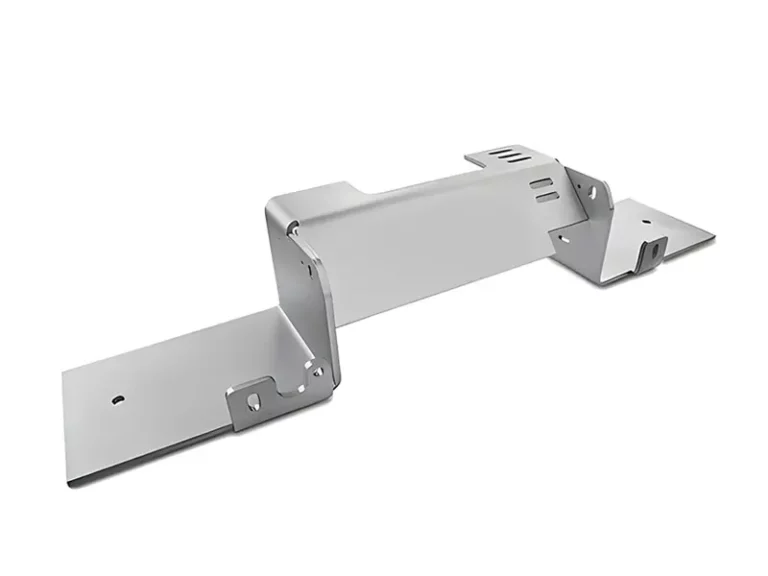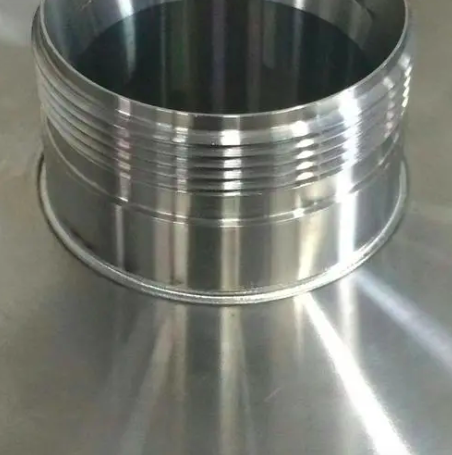目录
Transcranial Electrical Stimulation (TES) is a non-invasive brain stimulation technique that involves applying a low electrical current to the scalp. This method has garnered attention for its potential to improve brain function and treat various neurological and psychiatric conditions. In this article, we’ll explore what TES is, its benefits, and how it works.

What is Transcranial Electrical Stimulation?
Transcranial Electrical Stimulation, or TES, is a form of neuromodulation that uses small electrical currents to stimulate specific areas of the brain. The procedure involves placing electrodes on the scalp, through which the electrical current is passed to alter neural activity. Unlike other brain stimulation techniques like Transcranial Magnetic Stimulation (TMS), TES is more affordable, portable, and generally easier to administer. This makes it an attractive option for research, clinical, and even at-home therapeutic applications.
How Does Transcranial Electrical Stimulation Work?
The principle behind TES is based on its ability to modulate the brain’s electrical activity. When the electrical current is applied, it affects the neuronal activity in the targeted brain region. Depending on the intensity and frequency of the current, TES can either increase or decrease the activity of specific neural circuits, which in turn influences cognitive function, mood, and even motor control.
There are different forms of TES, including:
- Transcranial Direct Current Stimulation (tDCS):A low-intensity current is passed through the brain to increase or decrease neuronal excitability.
- Transcranial Alternating Current Stimulation (tACS):A varying current is applied, which can synchronize brainwave activity.
- Transcranial Random Noise Stimulation (tRNS):A random current is used to influence brain activity for improved cognitive performance.
Benefits of Transcranial Electrical Stimulation
Improved Cognitive Function: One of the most well-known benefits of TES is its ability to enhance cognitive performance. Studies have shown that TES can help with memory, attention, problem-solving skills, and decision-making. It has been used as a tool for enhancing learning in both healthy individuals and patients with cognitive disorders.
Treatment of Neurological and Psychiatric Disorders: TES has been explored as a potential treatment for various neurological and psychiatric conditions, including depression, anxiety, Parkinson’s disease, and chronic pain. By modulating brain activity, TES can help reduce symptoms of these conditions, sometimes acting as an adjunct to traditional therapies.
Improved Motor Function: TES, particularly tDCS, has shown promise in improving motor function in patients with neurological disorders such as stroke or Parkinson’s disease. By stimulating certain brain regions, TES can help improve muscle strength, coordination, and motor control.
Non-invasive and Safe: One of the major advantages of TES is that it is a non-invasive procedure. Unlike surgical interventions, TES does not require any incision or implantation. It is generally well-tolerated with minimal side effects, making it a safer option for many patients.
Applications of Transcranial Electrical Stimulation
Clinical Use in Mental Health: TES has been used in clinical settings to help manage psychiatric conditions like depression and anxiety. tDCS has shown promise as an adjunct treatment for individuals with treatment-resistant depression, providing a non-pharmacological option to reduce symptoms.
Cognitive Enhancement: TES has been widely used in cognitive research and has applications in enhancing learning and memory. Both healthy individuals and people suffering from cognitive impairments benefit from the cognitive-enhancing effects of TES.
Rehabilitation for Stroke and Motor Disorders: In stroke rehabilitation, TES is used to stimulate brain regions that control motor skills. This can enhance recovery by helping patients regain strength, improve coordination, and regain lost motor functions.
At-Home Applications: With the advent of portable devices, TES has become accessible for at-home use. This allows individuals to experience its benefits without having to visit a clinic, though it’s essential that they follow proper guidelines and, in some cases, under medical supervision.
Conclusion
Transcranial Electrical Stimulation is a promising technology with applications spanning from cognitive enhancement to the treatment of neurological disorders. With its non-invasive nature and growing body of research supporting its effectiveness, TES is gaining popularity as both a clinical and therapeutic tool. As research continues to uncover its potential, we can expect TES to become an essential part of modern medicine for treating a variety of conditions and improving brain function.
Whether you’re looking to boost your cognitive performance or manage a neurological condition, Transcranial Electrical Stimulation offers a novel and non-invasive approach to brain health and wellness.
0










